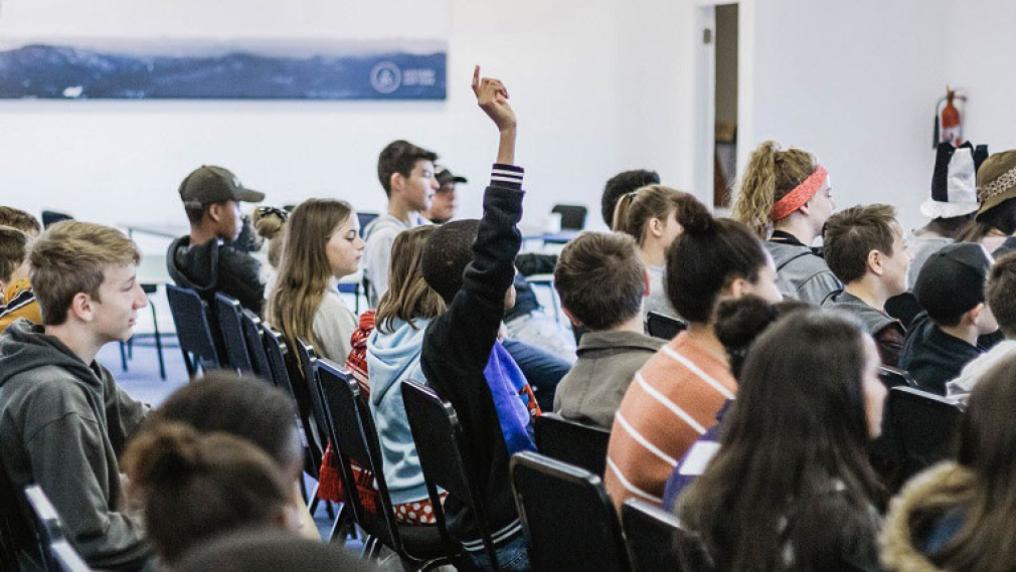Australia’s trends in PISA and TIMMS are not new nor shocking

The new reports on TIMSS and PISA results are a more detailed examination of last year’s ‘first look’ reports. The Programme for International Student Assessment (PISA) and Trends in International Mathematics and Science Study (TIMSS) are different, but complementary international standardised tests.
TIMSS is a pretty straightforward test of the maths and science knowledge of Year 4 and 8 students, while PISA assesses the skills of mostly 15 year olds in applying such knowledge to real-life problems and situations. PISA chief Andreas Schleicher claims that it tests whether students can “think like a scientist, reason like a mathematician and distinguish between good and bad arguments in a written text”. However, because the test uses long written questions to assess the application of knowledge, PISA is much more dependent upon literacy, even for the maths and science questions.
Given the narrow subject focus and point-in-time nature of these tests, neither study is a comprehensive assessment of student or teacher ability. However, both provide useful insights into what is going right and wrong in Australian schooling.
These studies collect a rich variety of background data on students, teachers, schools and education systems to assist with analysis and put findings into context both within Australia and internationally. This helps us better understand why Australian students are getting these results or, in other words, furnishes some evidence of the impact of government policies and funding decisions on some aspects of learning. We can compare this with the performance of Australian students at other points in time, in different jurisdictions around Australia, and internationally, to come up with some strong indications of what is happening and what should be done differently.
The results are even more evidence of what we already know. Australian students continue to perform above the OECD average, substantially above on some measures. But our results on these tests are flat-lining or falling compared to other nations and, importantly, even compared to our own past performance. The modest funding increases and frenzied reform efforts over the last two decades have largely failed to achieve their objectives of lifting learning outcomes.
We have fewer top performers than we did in the past, and more low-performers. And most damning is the widening gap in test scores between students from the highest and lowest socioeconomic backgrounds, which over time has stretched to be approximately 3 years of schooling.
Why?
The short answer is because Australia’s governments, especially the Commonwealth government, continue to ignore the growing mountain of evidence about where to direct resources to maximise learning gain. Too little funding is flowing to the schools where educational needs are greatest – overwhelmingly, but not exclusively, public schools in disadvantaged areas and rural areas. And too much funding is flowing to over-resourced – mostly private – schools educating the most advantaged students.
The latest comparable school funding figures show that although the total amount of government expenditure on schools has increased, public schools that serve a disproportionate share of most at-need students had a smaller slice of the school funding pie. Yes – the latest data confirms that in Australia, government funding for private – namely Catholic and independent – schools continues to grow at a faster rate than for government schools. This is despite all the evidence of the harmful effects this is having for individual students and the nation, and the OECD’s own warning that what matters is how resources are allocated.
The twin trends of declining scores and growing inequalities will continue until action is taken to direct resources to where they are most needed. In times of ‘budget emergencies’, this may mean away from where they are not needed as critically. Much more needs to go schools whose educational disadvantage is concentrated.
Australia also needs to invest more in the early years, ensuring every child has access to at least one, and ideally two years of high quality preschool, which we know benefits every child, and contributes to improved outcomes at school and beyond. Australia lags behind other developed nations and yet, funding for even one year of preschool is under threat.
Perhaps Australia would do well to consider this question when looking at our science knowledge and application: how much more evidence do governments need to act responsibly?
This article was original published by Education Review. Read the original article.
Photo taken by Rexness.



